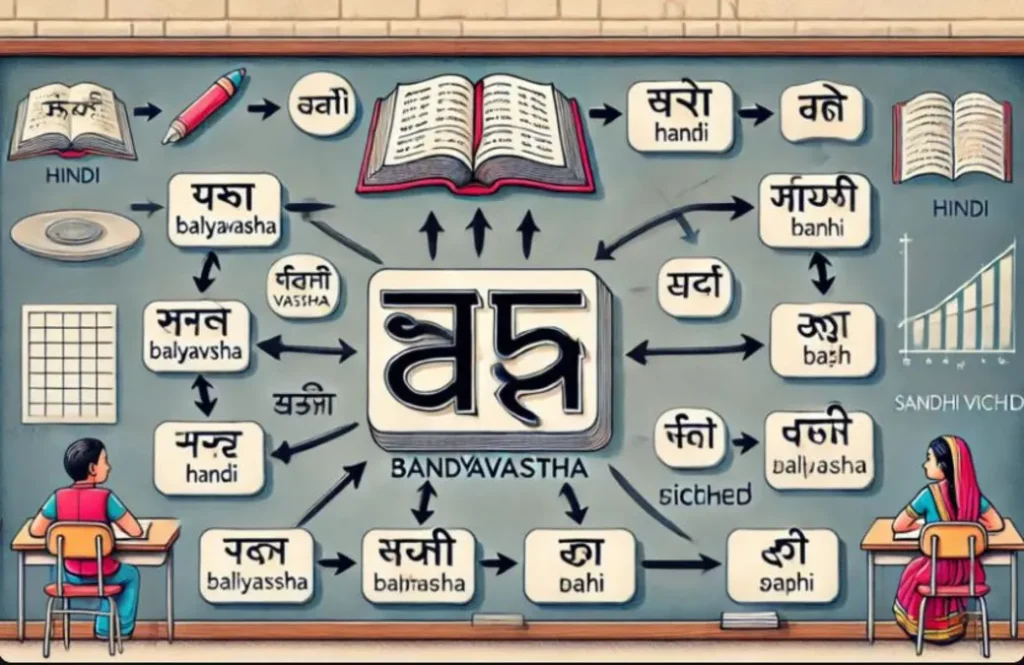Table of Contents
Childhood is a critical phase of human development, marked by rapid growth and numerous physical changes. One of the significant concerns during this period was joint disorders, commonly referred to in Ayurvedic terms as “Balyavastha Ka Sandhi Vichchhed” These conditions can profoundly impact a child’s quality of life, necessitating early diagnosis and effective management. This comprehensive article delves into the various aspects of childhood joint disorders, exploring their causes, symptoms, and treatments, focusing on Ayurvedic perspectives.
What is Balyavastha Ka Sandhi Vichchhed?
Balyavastha Ka Sandhi Vichchhed translates to “joint disorders in childhood.” These disorders encompass a range of conditions that affect the joints, leading to pain, swelling, and limited mobility. Common joint disorders in children include juvenile idiopathic arthritis (JIA), septic arthritis, and reactive arthritis. Understanding these conditions is crucial for providing appropriate care and improving the child’s overall well-being.
Causes of Childhood Joint Disorders
Childhood joint disorders can arise from various causes, including genetic factors, infections, and autoimmune reactions. Below, we explore the primary causes in detail:
Genetic Factors
Genetics plays a pivotal role in the development of joint disorders in children. Conditions like juvenile idiopathic arthritis often have a hereditary component, where a family history of arthritis increases the risk. Genetic predisposition can trigger an autoimmune response, leading to joint inflammation and damage.
Infections
Infections are a common cause of joint disorders in children. Septic arthritis, for instance, occurs when bacteria or viruses invade the joint space, leading to inflammation and pain. Streptococcal infections, Lyme disease, and viral infections like rubella can also result in reactive arthritis, causing joint symptoms to manifest.
Autoimmune Reactions
Autoimmune reactions are a primary cause of many childhood joint disorders. In conditions like juvenile idiopathic arthritis, the immune system mistakenly attacks the body’s tissues, including the joints. If not managed effectively, this autoimmune response leads to chronic inflammation, pain, and joint damage.
Symptoms of Childhood Joint Disorders
Identifying the symptoms of joint disorders early is essential for timely intervention. Common symptoms include:
- Joint Pain and Swelling: Persistent pain and swelling in the joints, particularly the knees, ankles, and wrists.
- Stiffness: Morning stiffness or stiffness after periods of inactivity is a hallmark of juvenile idiopathic arthritis.
- Limited Mobility: Difficulty moving the affected joints, leading to reduced physical activity.
- Fever: In cases of septic arthritis, fever, and general malaise may accompany joint symptoms.
- Fatigue: Chronic fatigue and a general sense of unwellness can be associated with autoimmune-related joint disorders.
Diagnosis and Evaluation
Accurate diagnosis is crucial for managing childhood joint disorders effectively. The diagnostic process typically involves:
Medical History and Physical Examination
A thorough medical history and physical examination are the first steps in diagnosing joint disorders. Physicians will inquire about the child’s symptoms, family history, and recent infections or illnesses. A physical examination will assess joint swelling, tenderness, and range of motion.
Laboratory Tests
Laboratory tests are essential for identifying the underlying cause of joint disorders. Common tests include:
- Blood Tests: Blood tests can detect markers of inflammation, such as C-reactive protein (CRP) and erythrocyte sedimentation rate (ESR). Specific antibodies like antinuclear antibodies (ANA) and rheumatoid factor (RF) may also be tested.
- Joint Fluid Analysis: In cases of suspected septic arthritis, joint fluid analysis can identify the presence of bacteria or viruses.
Imaging Studies
Imaging studies like X-rays, MRI, and ultrasound are valuable tools for visualizing joint structures and assessing the extent of damage. These studies help differentiate between various joint disorders and guide treatment decisions.
Ayurvedic Perspective on Balyavastha Ka Sandhi Vichchhed
Ayurveda, the ancient Indian system of medicine, offers unique insights into managing childhood joint disorders. Ayurvedic treatments balance the body’s doshas (vata, pitta, and kapha) and restore health through natural remedies and lifestyle modifications.
Herbal Remedies
Ayurvedic practitioners often recommend herbal remedies to reduce inflammation and pain. Some commonly used herbs include:
- Ashwagandha (Withania somnifera): Known for its anti-inflammatory properties,Balyavastha Ashwagandha helps in reducing joint pain and swelling.
- Guggul (Commiphora mukul): Guggul is effective in managing arthritis symptoms due to its potent anti-inflammatory effects.
- Turmeric (Curcuma longa): Curcumin, the active compound in turmeric, has potent anti-inflammatory and antioxidant properties, making it beneficial for joint health.
Diet and Nutrition
Diet plays a crucial role in Ayurvedic treatment. A balanced diet that pacifies the aggravated doshas is recommended. Essential dietary guidelines include:
- Incorporating Anti-inflammatory Foods: Foods like ginger, garlic, and green leafy vegetables help reduce inflammation.
- Avoiding Pro-inflammatory Foods: Processed foods, refined sugars, and excessive dairy intake should be minimized as they can exacerbate inflammation.
- Hydration: Adequate water intake is essential for joint lubrication and overall health.
Lifestyle Modifications
Ayurveda emphasizes the importance of a balanced lifestyle in managing joint disorders. Key lifestyle recommendations include:
- Regular Exercise: Gentle exercises like yoga and stretching help maintain joint flexibility and strength.
- Adequate Rest: Ensuring the child gets enough rest and sleep is vital for healing and overall well-being.
- Stress Management: Techniques like meditation and pranayama (breathing exercises) can help manage stress, which can otherwise exacerbate symptoms.
Conventional Treatments for Childhood Joint Disorders
While Ayurvedic treatments offer significant benefits,Balyavastha conventional medical treatments are also crucial for managing severe cases. These treatments include:
Medications
Medications are often prescribed to control inflammation and manage symptoms. Commonly used medications include:
- Nonsteroidal Anti-inflammatory Drugs (NSAIDs): These medications help reduce pain and inflammation.
- Disease-Modifying Antirheumatic Drugs (DMARDs): DMARDs slow the progression of autoimmune joint disorders like juvenile idiopathic arthritis.
- Biologic Agents: Biologics target specific immune system components to reduce inflammation and prevent joint damage.
Physical Therapy
Physical therapy is essential for maintaining joint function and preventing deformities. Therapists work with children to develop personalized exercise programs that improve strength, flexibility, and range of motion.
Surgical Interventions
In severe cases where joint damage is extensive, surgical interventions may be necessary. Procedures like synovectomy, joint replacement, and arthroscopy can help restore joint function and relieve pain.
Conclusion
Balyavastha Ka Sandhi Vichchhed, or childhood joint disorders, require a comprehensive approach to diagnosis and treatment. By understanding the causes, symptoms, and available treatments, we can provide better care and improve the quality of life for affected children. Integrating Ayurvedic principles with conventional medical therapies offers a holistic approach to managing these conditions effectively.
YOU MAY ALSO READ
You may also read the latest articles on our website (apaxnews.com) to stay updated.






